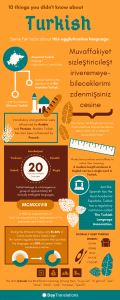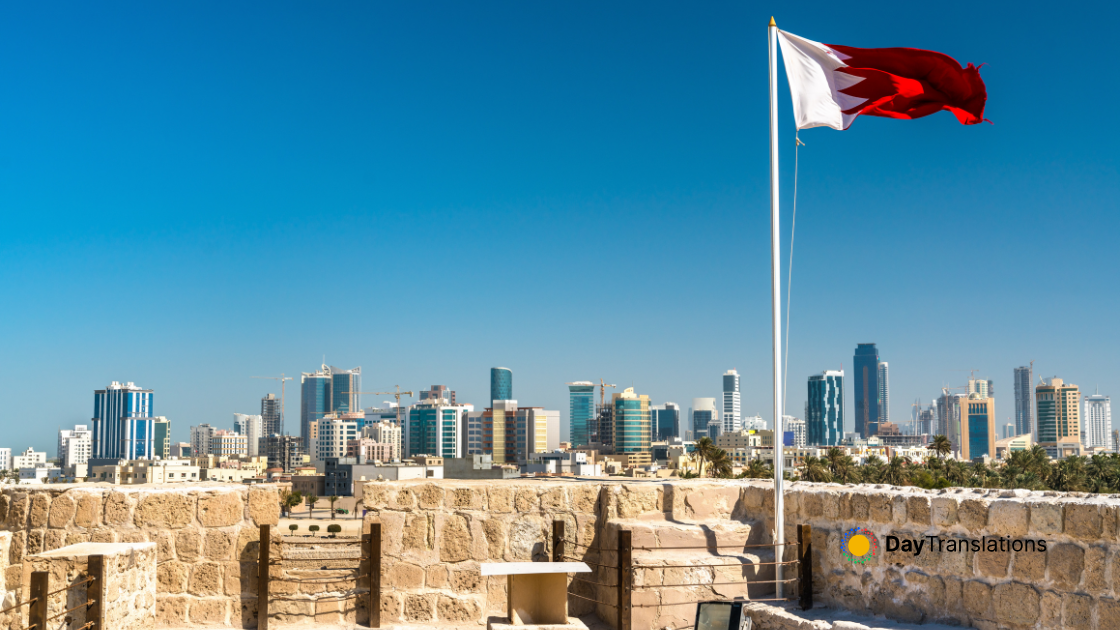Located in the northern hemisphere, Turkey stretches across the Anatolian peninsula in western Asia and Thrace in the Balkan region of southeastern Europe. Land wise, Turkey is bordered by eight countries: Bulgaria to the northwest; Greece to the west; Georgia to the northeast; Armenia, Azerbaijan and Iran to the east; and Iraq and Syria to the southeast.
Turkey is positioned on an area where Europe meets Asia and is very close geographically to Africa. Turkey’s geographical location plays an important role in the geo-politics of Europe and Asia not just as a crucial land bridge between the two continents, but as an integral part of the prosperous Mediterranean economy, a center for trade.
:: Background of Turkey ::
Modern Turkey was founded in 1923 from the Anatolian remnants of the defeated Ottoman Empire by national hero Mustafa KEMAL, who was later honored with the title Ataturk or “Father of the Turks.” Under his authoritarian leadership, the country adopted wide-ranging social, legal, and political reforms. After a period of one-party rule, an experiment with multi-party politics led to the 1950 election victory of the opposition Democratic Party and the peaceful transfer of power. Since then, Turkish political parties have multiplied, but democracy has been fractured by periods of instability and intermittent military coups (1960, 1971, 1980), which in each case eventually resulted in a return of political power to civilians. In 1997, the military again helped engineer the ouster – popularly dubbed a “post-modern coup” – of the then Islamic-oriented government. Turkey intervened militarily on Cyprus in 1974 to prevent a Greek takeover of the island and has since acted as patron state to the “Turkish Republic of Northern Cyprus,” which only Turkey recognizes. A separatist insurgency begun in 1984 by the Kurdistan Workers’ Party (PKK) – now known as the People’s Congress of Kurdistan or Kongra-Gel (KGK) – has dominated the Turkish military’s attention and claimed more than 30,000 lives. After the capture of the group’s leader in 1999, the insurgents largely withdrew from Turkey mainly to northern Iraq. In 2004, KGK announced an end to its ceasefire and attacks attributed to the KGK increased. Turkey joined the UN in 1945 and in 1952 it became a member of NATO. In 1964, Turkey became an associate member of the European Community; over the past decade, it has undertaken many reforms to strengthen its democracy and economy enabling it to begin accession membership talks with the European Union.
In this Country Profile
:: Geography of Turkey ::
Location: Southeastern Europe and Southwestern Asia (that portion of Turkey west of the Bosporus is geographically part of Europe), bordering the Black Sea, between Bulgaria and Georgia, and bordering the Aegean Sea and the Mediterranean Sea, between Greece and Syria.
Geographic coordinates: 39 00 N, 35 00 E
Area:
total: 780,580 sq km
land: 770,760 sq km
water: 9,820 sq km
Area – comparative: slightly larger than Texas
Land boundaries:
total: 2,648 km
border countries: Armenia 268 km, Azerbaijan 9 km, Bulgaria 240 km, Georgia 252 km, Greece 206 km, Iran 499 km, Iraq 352 km, Syria 822 km
Maritime claims:
territorial sea: 6 nm in the Aegean Sea; 12 nm in Black Sea and in Mediterranean Sea
exclusive economic zone: in Black Sea only: to the maritime boundary agreed upon with the former USSR
Climate: temperate; hot, dry summers with mild, wet winters; harsher in interior
Terrain: high central plateau (Anatolia); narrow coastal plain; several mountain ranges
Elevation extremes:
lowest point: Mediterranean Sea 0 m
highest point: Mount Ararat 5,166 m
Natural resources: coal, iron ore, copper, chromium, antimony, mercury, gold, barite, borate, celestite (strontium), emery, feldspar, limestone, magnesite, marble, perlite, pumice, pyrites (sulfur), clay, arable land, hydropower
Land use:
arable land: 29.81%
permanent crops: 3.39%
other: 66.8% (2005)
Natural hazards: severe earthquakes, especially in northern Turkey, along an arc extending from the Sea of Marmara to Lake Van.
Environment – current issues: water pollution from dumping of chemicals and detergents; air pollution, particularly in urban areas; deforestation; concern for oil spills from increasing Bosporus ship traffic.
Environment – international agreements: party to: Air Pollution, Antarctic Treaty, Biodiversity, Climate Change, Desertification, Endangered Species, Hazardous Wastes, Ozone Layer Protection, Ship Pollution, Wetlands. Signed, but not ratified: Environmental Modification
:: People of Turkey ::
Population: 71,892,808 (July 2008 est.)
Age structure:
0-14 years: 24.4% (male 8,937,515/female 8,608,375)
15-64 years: 68.6% (male 25,030,793/female 24,253,312)
65 years and over: 7% (male 2,307,236/female 2,755,576) (2008 est.)
Median age:
total: 29 years
male: 28.8 years
female: 29.2 years (2008 est.)
Population growth rate: 1.013% (2008 est.)
Birth rate: 16.15 births/1,000 population (2008 est.)
Death rate: 6.02 deaths/1,000 population (2008 est.)
Net migration rate: 0 migrant(s)/1,000 population (2008 est.)
Sex ratio:
at birth: 1.05 male(s)/female
under 15 years: 1.04 male(s)/female
15-64 years: 1.03 male(s)/female
65 years and over: 0.84 male(s)/female
total population: 1.02 male(s)/female (2008 est.)
Infant mortality rate:
total: 36.98 deaths/1,000 live births
male: 40.44 deaths/1,000 live births
female: 33.34 deaths/1,000 live births (2008 est.)
Life expectancy at birth:
total population: 73.14 years
male: 70.67 years
female: 75.73 years (2008 est.)
Total fertility rate: 1.87 children born/woman (2008 est.)
HIV/AIDS – adult prévalence rate: less than 0.1%; note – no country specific models provided (2001 est.)
HIV/AIDS – people living with HIV/AIDS: NA
HIV/AIDS – deaths: NA
Nationality: noun: Turk(s) adjective: Turkish
Ethnic groups: Turkish 80%, Kurdish 20% (estimated)
Religions: Muslim 99.8% (mostly Sunni), other 0.2% (mostly Christians and Jews)
Languages: Turkish (official), Kurdish, Dimli (or Zaza), Azeri, Kabardian
note: there is also a substantial Gagauz population in the European part of Turkey
Literacy:
definition: age 15 and over can read and write
total population: 87.4%
male: 95.3%
female: 79.6% (2004 est.)


Sorry, the comment form is closed at this time.